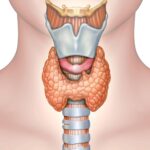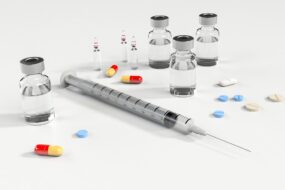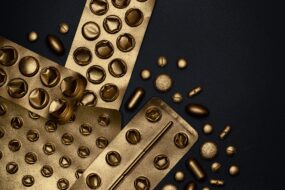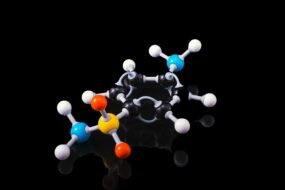- Home
- DRUGS
- Drugs acting on infectious Agents
- Streptomycin
Streptomycin is the oldest aminoglycoside antibiotic obtained from Streptomyces griseus. Its use is now restricted to the treatment of tuberculosis. It has a narrow antimicrobial spectrum mainly covering aerobic gram-negative bacilli.
Indication.
Sensitive organisms include —
- H. ducreyi, Brucella,
- Yersinia pestis,
- Francisella tularensis
- M. tuberculosis.
- E. coli,
- H. influenzae,
- V. cholerae, Shigella and Klebsiella.
- All other organisms, including Pseudomonas, are unaffected.
Clinical uses.
- Tuberculosis.
- Subacute bacterial endocarditis (SABE): The drug is given together with penicillin/ampicillin/vancomycin for 4–6 weeks.
- Plague: It affects rapid cure (in 7–12 days)
- Tularemia: Streptomycin is the drug of choice; effects cure in 7–10 days.
- In other cases, e.g. urinary tract infection, peritonitis and septicaemias.
Resistance.
- One-step mutation.
- Acquisition of plasmid, which codes for the inactivating enzymes.
- Resistance organisms may emerge within two days of therapy in the intestinal and urinary tracts.
- Cross-resistance is only partial and mostly unidirectional. It occurs between streptomycin and other aminoglycosides.
Adverse effects
- Vestibular disturbances.
- Hypersensitivity reactions include; rashes, eosinophilia, fever and exfoliative dermatitis.
Pain at the
- injection site is common.
- Paraesthesias and scotoma may occur.
Contraindication.
- Topical use of the drug is contraindicated for fear of contact sensitization.
- Pregnancy due to risk of fetal ototoxicity.
Dosage.
- AMBISTRYN-S 0.75, 1 g dry powder per vial for injection.
- Acute infections: 1 g (0.75 g in those above 50 yr age) intramuscular. OD or BD for 7–10 days.
- Tuberculosis: 1 g or 0.75 g intra muscular. OD or thrice weekly for 30–60 days.












